The views expressed in our content reflect individual perspectives and do not represent the authoritative views of the Baha'i Faith.
I was particularly amused recently by a story in which pianist Jeremy Denk wrote about his “My Favorite Mistake” — trying to major in both chemistry and music.
He had been attracted to both, thinking they would be complementary and seeing within them, as he described them, the virtues of consistency, repeatability, calm precision, and rhythm.
RELATED: Our Human Right to Science
Alas, it didn’t work out for him, as he ended up at the bottom of the chemistry class. It seems the differences between the two just didn’t suit him academically. His greatest difficulty was a desire for innovation and improvisation, which could be dangerous in a chemistry lab, especially in the hands of a novice. Then there was the matter of levels of precision — in chemistry, there is often just a single right answer, while in music, he saw infinite possibilities.
I love this story, because it so beautifully illustrates the balance between science and art, which in turn is similar to the balance between science and religion. Mr. Denk eventually resolved the tension between the two for himself, just as most of us are probably more inclined one way or the other. The important thing? Not to become focused on one at the exclusion of the other.
Reflecting on the Baha’i emphasis on pursuing both art and science, I did a word search through an electronic version of the Baha’i writings and found that often the word “arts” pointed not just to that word but also to the phrase “arts and science.” So, while we may not be adept at both, many of the qualities within one mirror and complement the qualities in the other.
Leonardo da Vinci saw the connection between the two. He has been quoted as saying:
Principles for the Development of a Complete Mind: Study the science of art. Study the art of science. Develop your senses, especially learn how to see. Realize that everything connects to everything else.
There is a practical side to this advice, too. Artists, like scientists, must know their materials and supplies. If artists want to be professional, then they must practice self-discipline and adopt sound business practices. Similarly, a scientist who wants to advance professionally will want to explore and innovate. Considering the attributes of a balanced person, we benefit from being at least somewhat involved in both — for example, a scientist who plays a musical instrument or a potter who collects and studies fossils.
On a higher level, the Baha’i teachings consider the study of science and art as part of the foundation for education, and Abdu’l-Baha said that proficiency in them can be considered worship:
Sciences and arts, industry and invention have been reformed. Law and ethics have been reconstituted, reorganized. The world of thought has been regenerated … Present exigencies demand new methods of solution; world problems are without precedent. Old ideas and modes of thought are fast becoming obsolete.
RELATED: We Need the Arts in Every School!
I don’t think it’s any accident that the past century has seen great acceleration of both science and art. Having been inspired to advance, they vibrate with new possibilities. Hardly a week goes by without news about science, medicine, or technology. The same is true with the arts, especially if we consider the full range of arts and how they have been leveraged through technology. Indeed, it’s getting more difficult to differentiate between the two.
The importance of the arts and science was also affirmed by the United Nations through this statement within The Universal Declaration of Human Rights: “Everyone has the right freely to participate in the cultural life of the community, to enjoy the arts and to share in scientific advancement and its benefits.”
When I look at the world around me and consider how much of it I enjoy through both science and the arts, I am reminded of how fortunate I am. Science has contributed to my healthy life, and the arts keep me enriched and alive, too. Our challenge now is to ensure that both advance responsibly, remain uplifting, and become universally accessible.


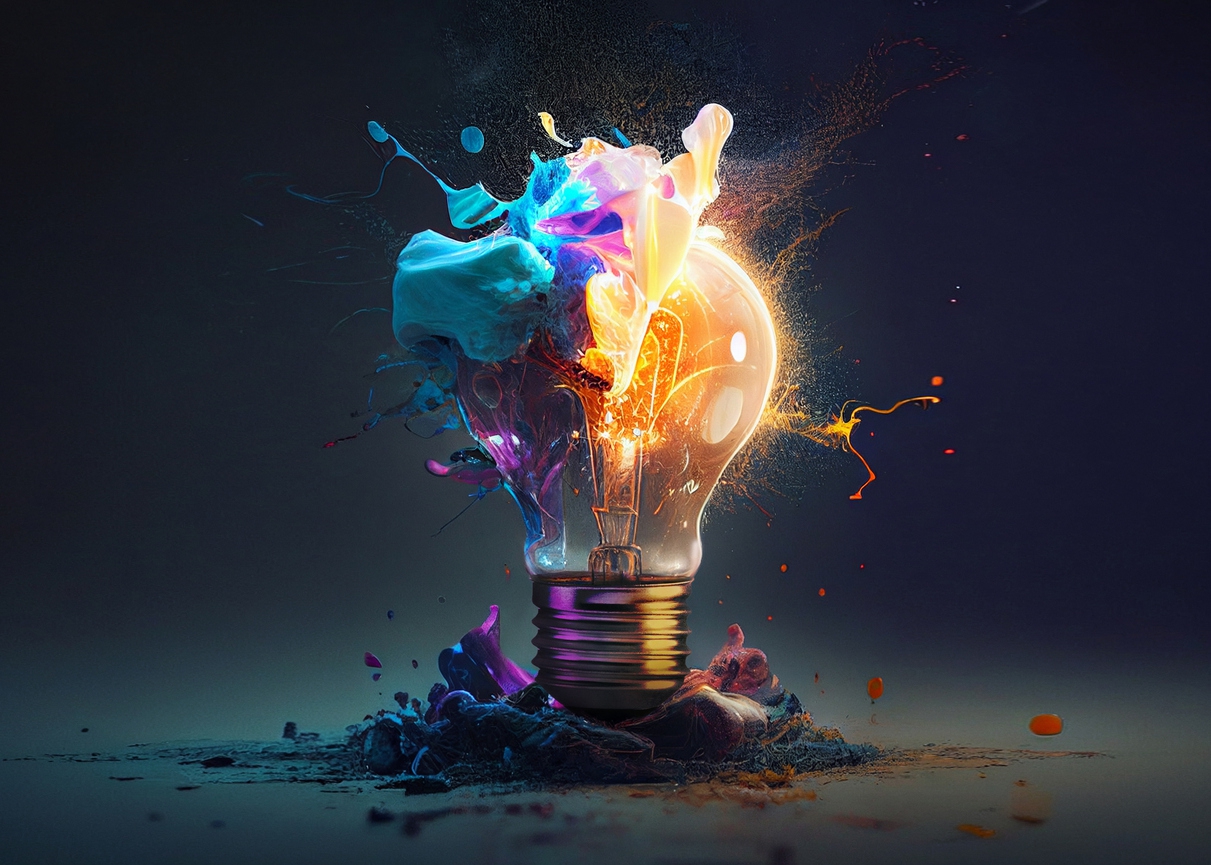
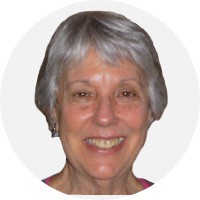
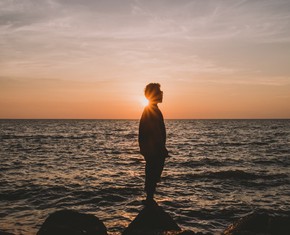
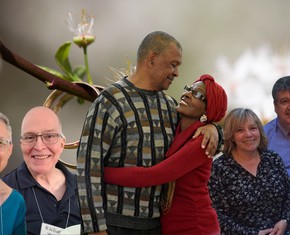
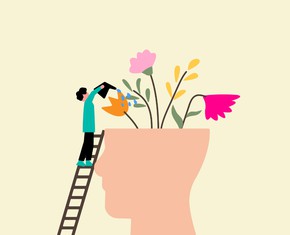







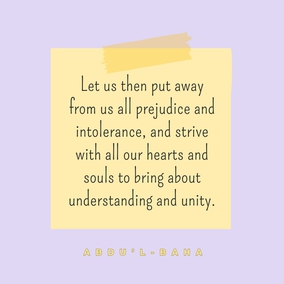

Comments
Sign in or create an account
Continue with Googleor